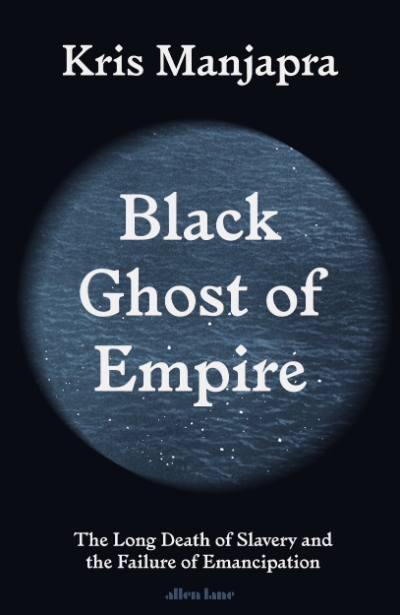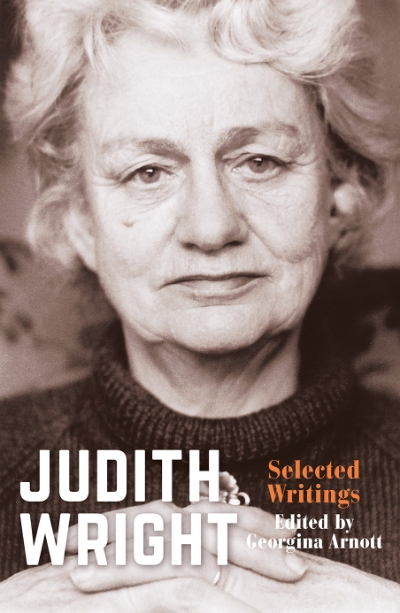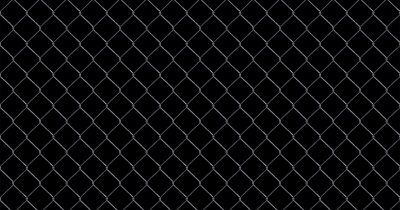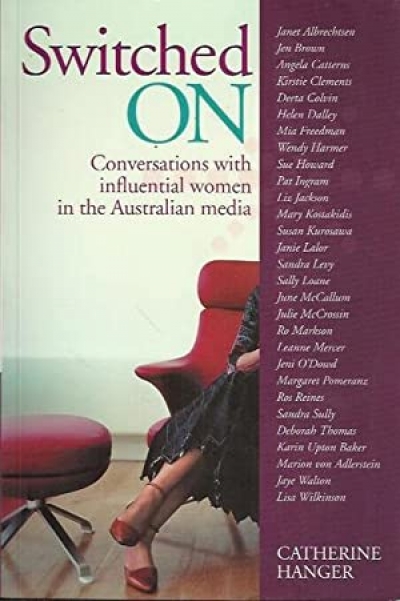Georgina Arnott
Black Ghost of Empire: The long death of slavery and the failure of emancipation by Kris Manjapra
by Georgina Arnott •
Griffith Review 16 edited by Julianne Schultz & HEAT 13 edited by Ivor Indyk
by Georgina Arnott •
The Interest: How the British establishment resisted the abolition of slavery by Michael Taylor
by Georgina Arnott •
In 2007, Britain’s Royal Mint issued a £2 coin commemorating two hundred years since the Act for the Abolition of the Slave Trade, the zero in ‘1807’ appearing as if a broken link in a chain. While interrupting the notorious transatlantic trade, the Act did not end slavery itself – that was achieved, at least in parts of the British world, with further legislation in 1833 that outlawed enslavement in the British Caribbean, Mauritius, and the Cape of Good Hope. Emphasis on the dramatic, if illusionary, chain-breaking moment in some bicentenary celebrations extended a tradition of dwelling on Britain’s role in slave emancipation.
... (read more)Famous Reporter edited by Ralph Wessman et al. (eds) & Etchings edited by Sabine Hopfer, Christopher Lappas and Patrick Allington
by Georgina Arnott •







